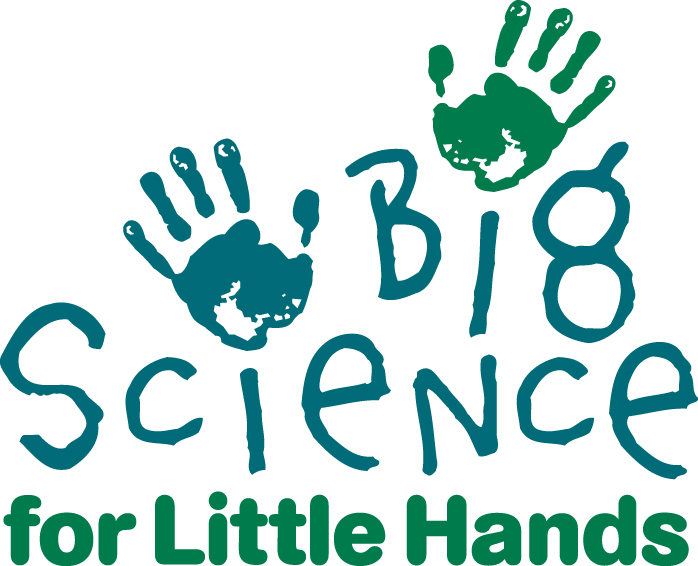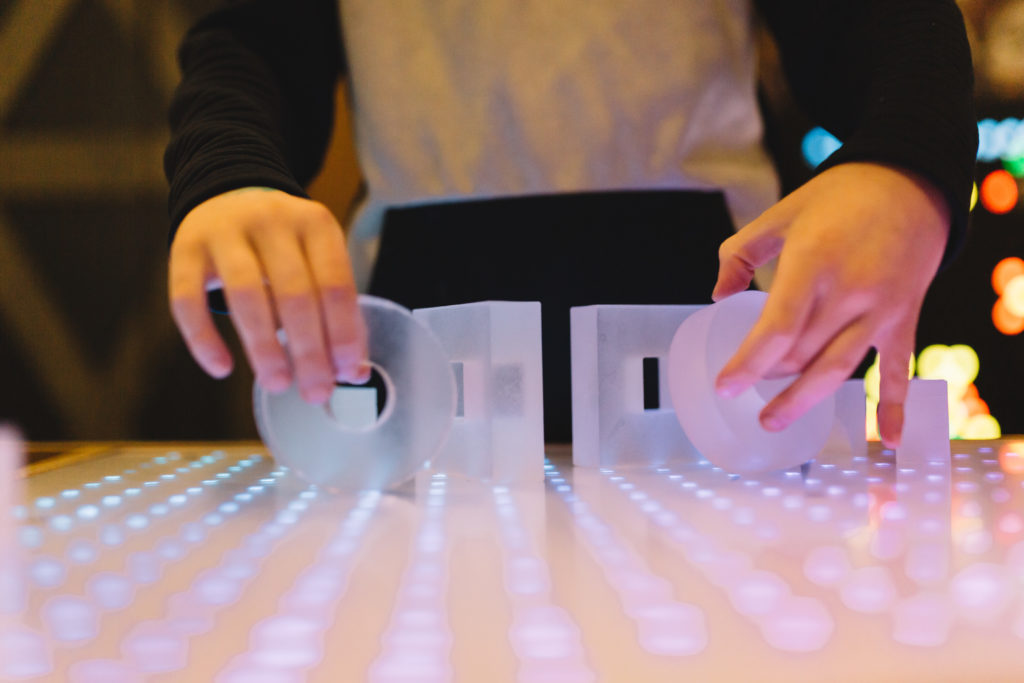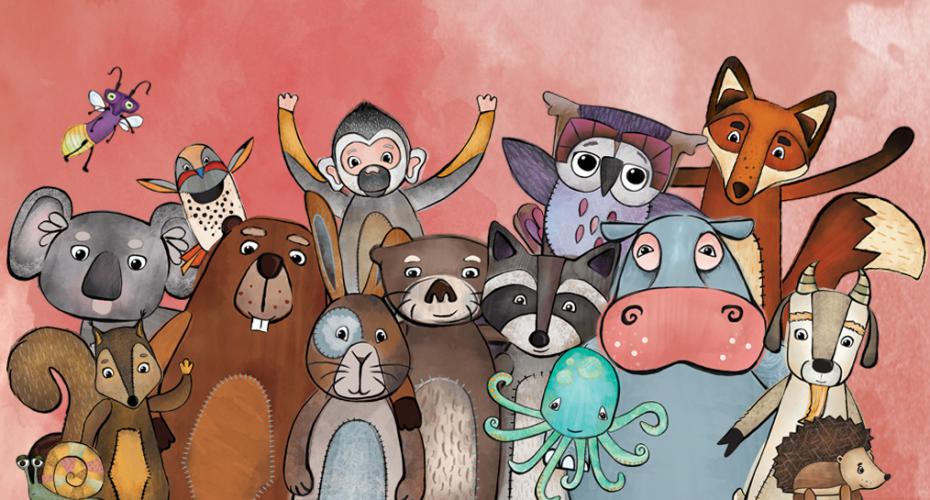Objectives
Materials
-
Old/used toasters
-
Hair dryers
-
Rotary Telephones
-
Clocks with large gears
-
Screwdrivers and other hand tools
-
Book The Way Things Work by David Macaulay, or the website How Stuff Works
-
Camera (optional)
-
Hint: Thrift stores are good places to purchase older appliances
Key Questions
-
What does this appliance do? Tell me the story of this machine.
-
How does it work? What happens when it is turned on?
-
What do you think is inside this machine?
-
What is the same about our two toasters? What's different about them?
-
Which part of the toaster heats up and darkens the bread?
-
How does the toast pop back up?
-
What is the same about our two hairdryers? What's different about them?
-
Which part of the hair dryer moves the air? Which parts make the air hot?
-
What is similar between a toaster and a hairdryer?
What To Do
Safety Notes: Children must be supervised at all times. Some appliances will contain sharp pieces. Avoid taking apart televisions and large screens, which can store charge and pose a shock risk. Remove batteries before giving appliances to children. Once an appliance has been taken apart, do not use again.
- Examine the outside of the appliance. If possible, try turning it on.
- Draw or describe the machine and how it works.
- Remove the outer casing of the appliance using a screwdriver. Start by looseningthe screws and let the children unscrew them the rest of the way. Record the process of disassembly with a camera, drawings or video.
- Examine the inside of the machine and guess what each part does.
- Repeat with another appliance of the same type.
- Repeat with other types of appliances.
Hint: Practice taking apart the appliances beforehand and loosen all the screws. Avoid appliances that are highly digital/computerized – there’s not much to “see” inside.
Extensions
-
Try reassembling the toaster!Use parts of the appliances to create something new! For example, allow the students to craft sculptures or "inventions" using the appliance pieces.
-
Try taking apart other common machines, such as pendulum clocks, telephones, radios and fans.
-
Machine art: use the appliance parts to make imprints in clay, to make rubbings using crayons and paper, and as stamps using paint.


